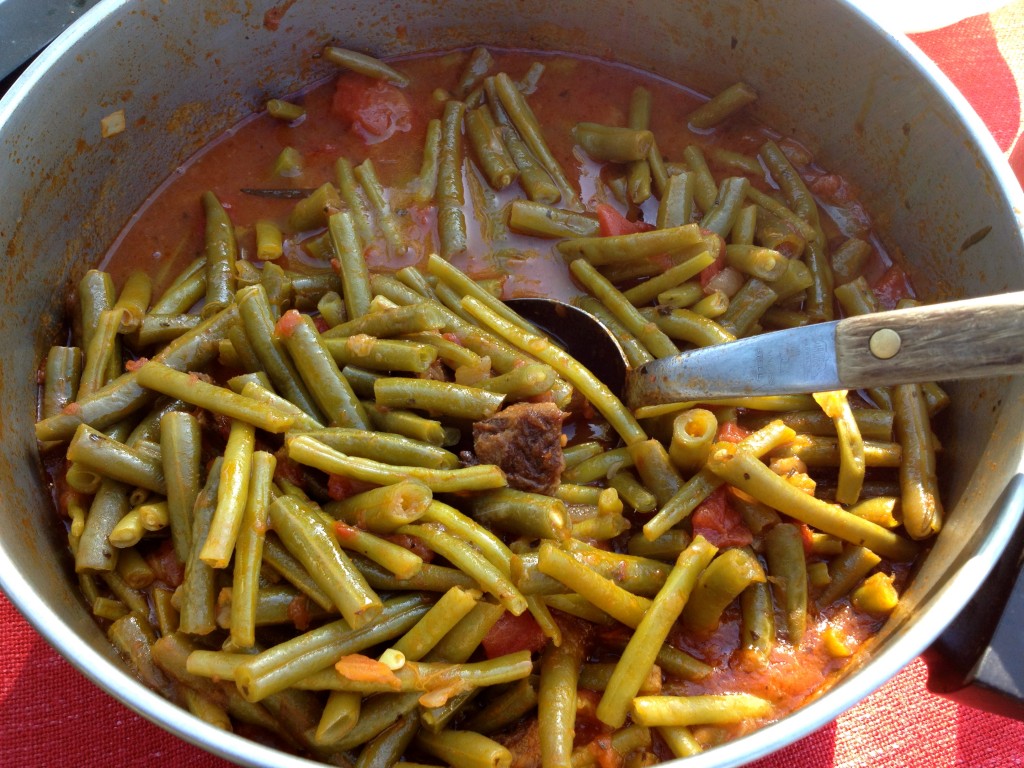
Please welcome Mindy from Too Many Jars In My Kitchen! She’s here to help us understand the importance of not going low-carb on GAPS. My family and I know all too well that if you go too low, your energy suffers. During one week on the GAPS Intro Diet, when salad greens came in season, we ate more salads than higher carbohydrate vegetables. And, boy, did we drag that week! Lesson learned. –Wardee
Is the GAPS diet a low carbohydrate diet? At first glance, it may seem like it is. With the removal of grains, potatoes, and sugar, it can be similar to other popular low-carb diets. But does it have to be? Let’s take a closer look.
Should GAPS be Low Carb?
Is GAPS even supposed to be low carb? According to Dr. Natasha Campbell-McBride, it “does not have to be low-carb.” She also mentions that the “GAPS diet generally is not a ketogenic diet. Every person needs to find the right individual balance between meats and vegetables.” (Source, see page 14 and pages 22-23.)
While GAPS is not designed to be a low-carb diet, it can end up that way if you’re not careful about the types and amounts of food that you’re consuming.
Are You Too Low Carb?
How do you define low carb, anyway? After doing a little digging, I found that the amount of grams of carbohydrates on various low carbohydrate diets varies quite a bit, anywhere from 40 to 200 grams per day. Anything less than 50 grams per day would typically put someone into a state of ketosis, and wouldn’t provide enough nutrients from the food you’re eating.
How can you tell if you’re getting enough carbs? Is it necessary to track them? While I’ve been on the GAPS diet, I haven’t actually tracked the amount of carbs that I’ve been eating. Instead, I’ve looked to physical signs to help indicate whether I’m getting a little too low or not. When I feel extremely tired and lack energy, I know that I’m not eating enough carbohydrate foods. [Wardee: same for us!]
Eating Enough Carbs on GAPS
It can be easy for those on the GAPS Diet to accidentally end up eating too few carbs. Here are some great choices for keeping your carb level up to sustain your energy.
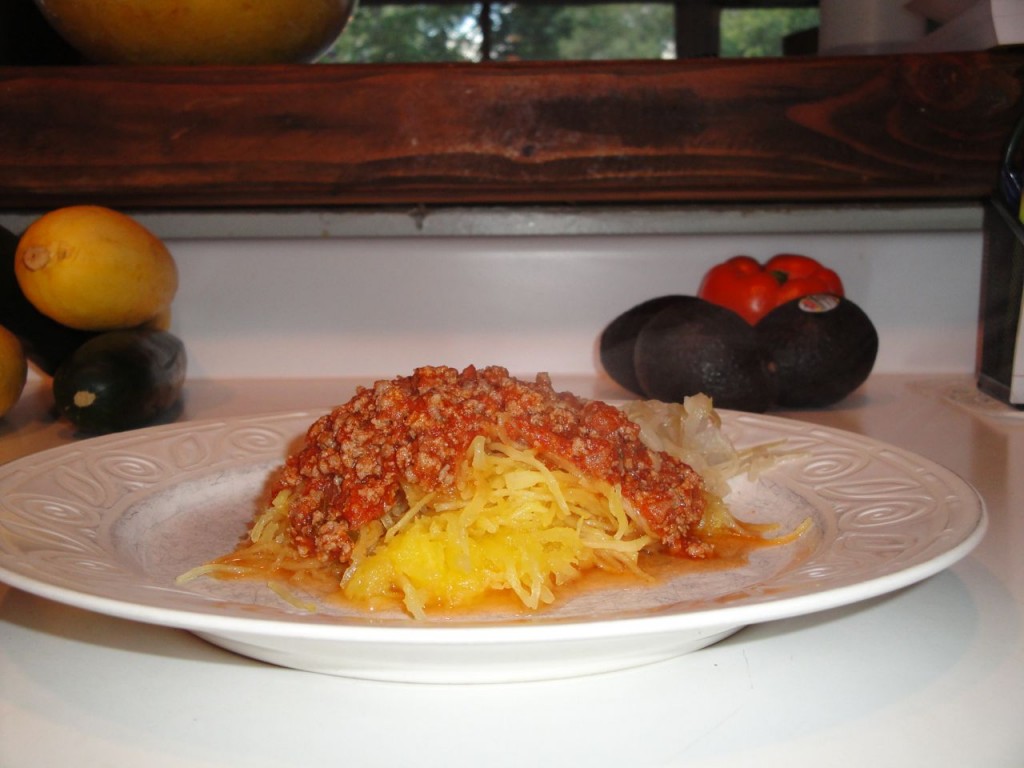
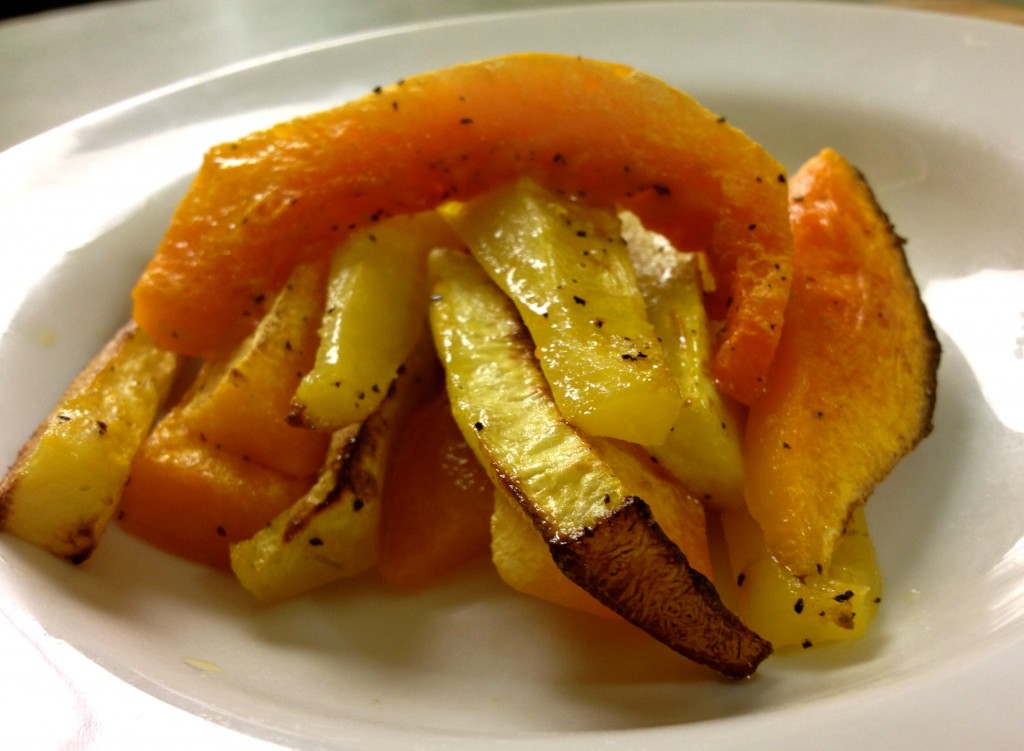
Winter squash. Butternut squash, acorn squash, and spaghetti squash are just a few of the great options available. They can be roasted, stuffed, made into “fries,” cooked in the crock pot, or turned into a variety of soups. Since starting GAPS, I’ve really come to love a wide variety of squash. [Wardee: We do, too, plus we love veggies like carrots or green beans.]
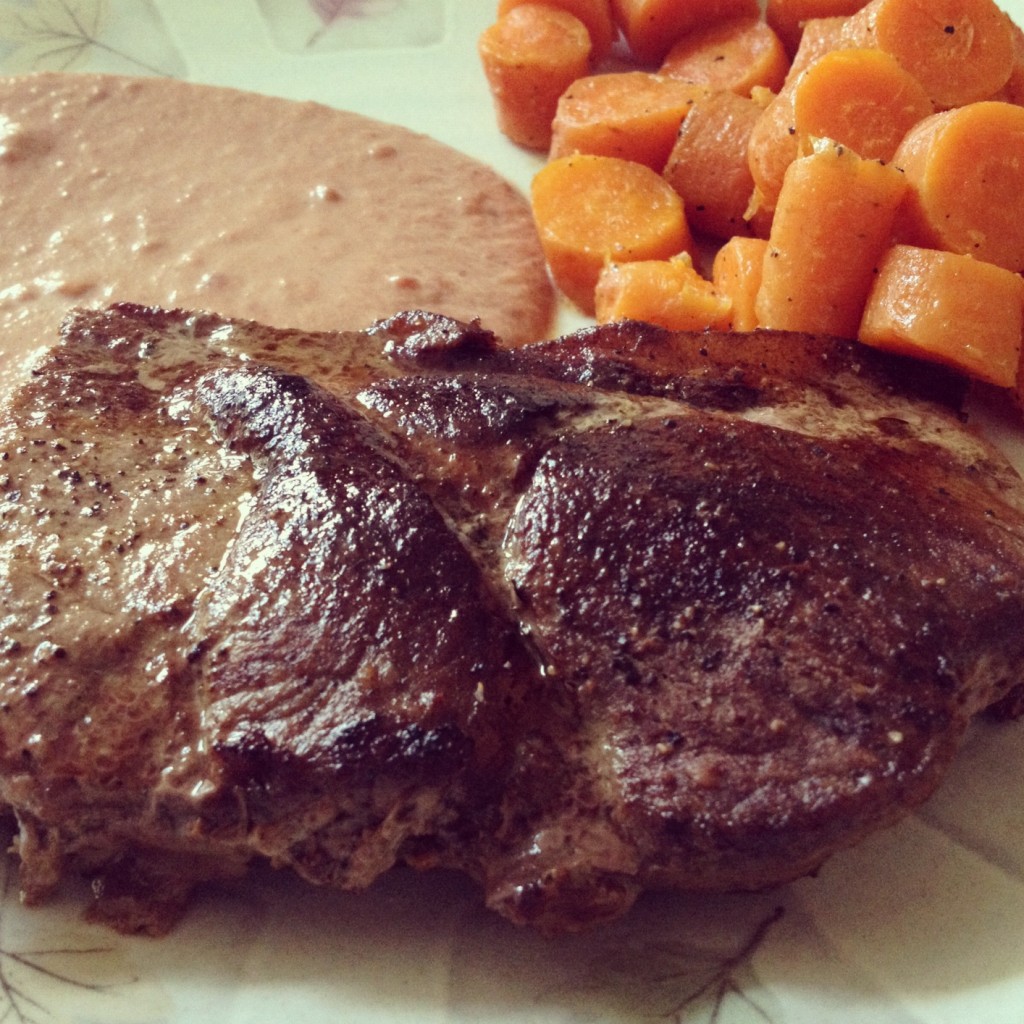
Beans. While most beans are not allowed on GAPS, there are a few available and you’ll want to be sure to regularly include them. Lentils, navy beans, and lima beans make wonderful additions as side dishes or added to soups. [Wardee: I made refried beans out of navy beans last night and they were delish. 🙂 ]
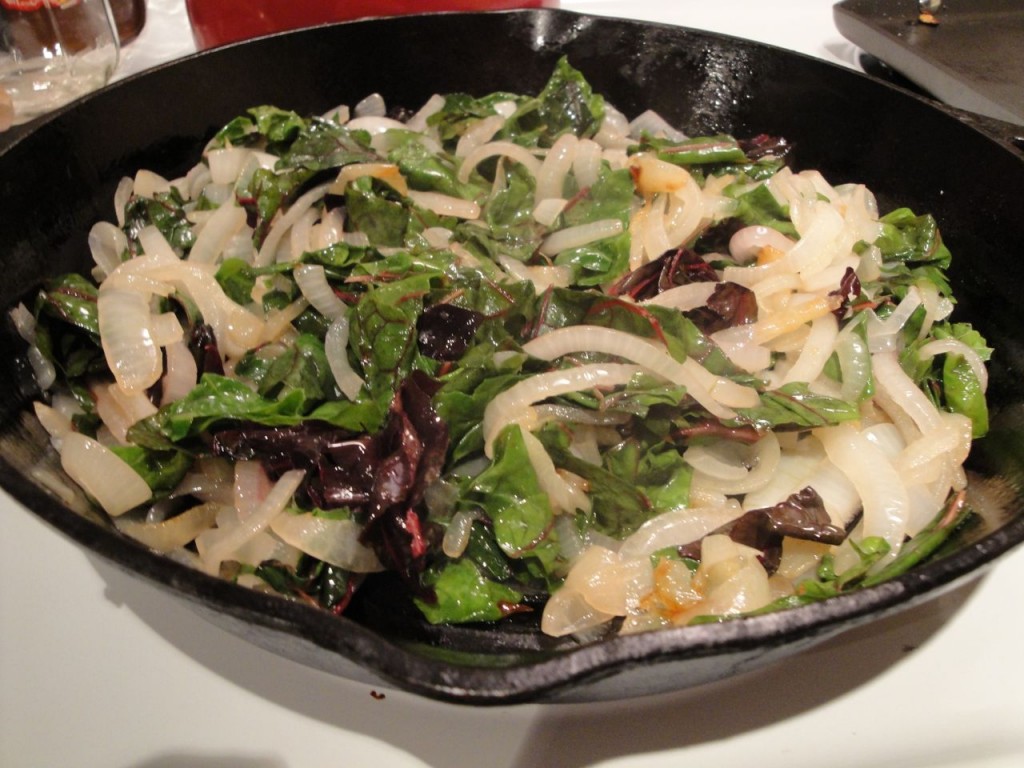
Cooked onions. I find a large side of cooked onions to be especially satisfying. I often add cooked onions, along with mushrooms or greens, as a side at breakfast or served on top of pastured meats.
Dairy. If you can tolerate it, homemade yogurt and kefir can provide a wonderful and delicious source of carbohydrates. GAPS-legal cheese is another great addition to meals.
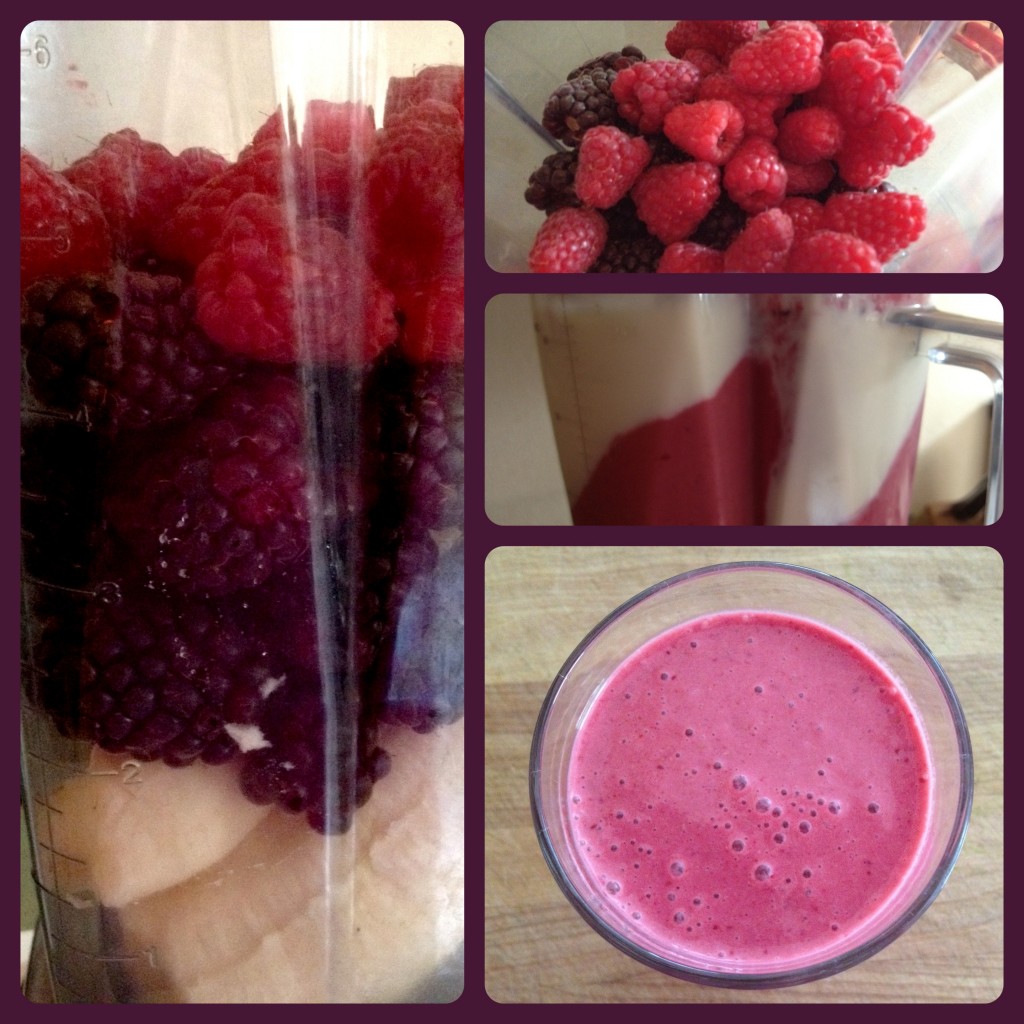
Fruit. This can be an excellent way to add in carbohydrates between meals. You can just have a piece of fruit, or even better, dip it into some whipped coconut cream or yogurt cheese. Or what about a smoothie?
Honey. While you don’t want to go crazy with the amount of honey you’re consuming, it’s another great way to increase carbohydrates. I love to add a little touch of it to nut butter pancakes as a part of my breakfast.
So, is GAPS just a low-carb diet? No! By paying attention to the carbs you’re including in your diet, you can avoid going too low. All it takes is a little awareness. And onions. 😉
Whether or not you’re on GAPS, what do you eat to keep your carbs up? Please share your favorite tips or recipes in the comments. And be sure to say hi to Mindy!
New to our GAPS series? Get up to speed by browsing past posts in this series or reading what the GAPS diet is.
...without giving up the foods you love or spending all day in the kitchen!

2 free books:
Eat God's Way
Ditch the Standard American Diet, get healthier & happier, and save money on groceries...
We only recommend products and services we wholeheartedly endorse. This post may contain special links through which we earn a small commission if you make a purchase (though your price is the same).


Excellent post and one issue I have been contemplating myself after being on GAPS for about 6 months! This was PERFECT timing. I hadn’t add lentils or the allowable beans in and was just thinking about adding them this week. Thank you for a great post! 🙂 Maureen
I’m glad you found it helpful, Maureen! I can often tend to forget to add in lentils and beans, and have been trying to remember to include them more frequently as of late. 🙂
Oh yes! Thank you Mindy! I have one issue though. I am fanatically gluten free and I am having trouble finding true GF beans. Arrowhead Mills sells lentils but I haven’t found a good source for the other allowable beans anywhere. If you know of any, let me know. Recently, Bob’s Red Mill seems to be compromised with possible cross-contamination so I am really hoping to get this worked out. Would love to know if someone has a good, reliable gluten free source of the small white beans and/or lima beans. Thanks again! GREAT post! 🙂
That’s a really good questions, Maureen. Maybe another reader will have an answer for you! I haven’t had to worry about cross-contamination so I just pick them up from my local health food store. Does anyone else have any suggestions?
I had the hardest time w/ carbs during the Intro diet. Juicing saved me — I’d juice carrots, celery, ginger & apple, and give my blood-sugar a boost in the morning. I also relied on little spoons of honey — but always mixed with virgin coconut oil to have plenty of fat w/ my carbs.
Those are both great ideas, especially during intro. I also loved to eat lots and lots of cooked carrots and onions during intro which seemed to help, too.
So we’ve been doing GAPS for a few months now and we still drink raw milk and use raw cream…are they definite no no’s? I figured it would be good for our immune system, plus with all the nutrients in the milk and cream. What do you think? I dont know if I could handle only have sour cream, yogurt and kefir.
Raw milk and cream actually aren’t allowed on the GAPS diet. The idea is that it is much easier to digest once it’s been cultured in some way for 24 hours. It does provide lots of great nutrients and carbohydrates, although it won’t have the added probiotics of a fermented culture.
I think it’s really up to you and what your body is handling. If you’re trying to follow GAPS to the letter, then I would say you should really be making yogurt, kefir, and sour cream instead of drinking it raw. That being said, if you don’t have a long road of healing ahead and your body is handling it well, then maybe you’re fine going ahead and drinking it. I would recommend making at least some of those items with part of your milk and cream to get the additional probiotics which are so important to healing your gut.
For me, one of the big reasons I’m doing GAPS is to be able to tolerate raw cow’s milk dairy again (hopefully!) so I haven’t been including it in my diet. I’d be curious to hear what others on GAPS have been doing with their raw milk and cream.
Perhaps try using a Piima culture.
I know this is an old post, but I thought I’d chime in. Raw milk IS allowed on GAPS. On pages 125-127 it covers “alive” milk, and it is GAPS legal. You are supposed to follow the dairy introduction first (pages 124-125). It can also be found by looking up “Milk, raw” in the index. 🙂
Thanks so much for writing this article, I get so frustrated with some of the comments about gas being low carb, and seeing people who really need it being confused by all the health bloggers. I also like to add that GAPS isn’t meant to be forever diet, once healing is complete people then look to adding properly prepared high carb foods. Also low energy is also a sign of needing digestive enzymes, or a little apple cider vinegar before meals.
That’s a great point that I didn’t mention, Christina! GAPS is not forever! I’ve been doing GAPS for a year now, and am guessing that I have at least another 6-8 months to go while I work on adding dairy back into my diet. But after that, I will start coming off of GAPS.
This is such a fantastic, well written post. Thank you!!
Be Well,
–Amber
(Currently on the SCD)
Thanks, Amber!
Hi Mindy! Great post! I actually love GAPS because my body craves protein 24/7. I have to force myself to eat carbs..I feel like most people are the opposite. Should I eat that many carb in a day even if my body does not want it. I think I could live off of organ meats and fish roe the rest of my life..of only it was’t so expensive! Love your blog name by the way! I really do have WAYY to many jars! about 100 right now in my garage and fermenting room! ahh.
Hi Caroline! That’s so great for you that your body craves so much protein. : ) How fun that you have a fermenting room! With my lack of a garage or much storage at all, my jars tend to really take over my kitchen!
Actually, my dad has a limit for the about of jars in the kitchen, that is why he built me my fermenting room and shelves in the garage..so our kitchen looks more civil! hehe 🙂 …and so all the ferments don’t reak up the kitchen..now it just smells right when you walk in the door! its so worth it though.
Not enough nutrients with less than 50g of carbs? Sounds logical, but is it tested? How many “nutrients do we really need, and what are they?” Many of us follow the mantra “animals eat grass so we don’t have to.”
You know, I don’t know if the source I used for that actually tested it or not. I definitely agree that we should be getting most of our nutrients from high-quality animals. From my own experience, though, I definitely need to add in carbohydrate-rich veggies in order to feel my best. Of course, I always prepare those veggies with lots of great fat!
I’m guessing you didn’t know that there are people who’ve been no carb for years and have plenty of energy? Eskimos are people, just like us, and they frequently go no carb all winter, or did in the past.
the reason that is possible is that protein is convertible to carbs as needed, but those carbs don’t raise the insulin levels, so are preferable to eating extra carbs for those who are insulin resistant and can’t tolerate extra carbs in their diets.
I am aware of how the Eskimos have eaten traditionally. I think we have to be careful, though, before applying what works for one group of people to everyone. When Dr. Price was conducting his studies of traditional groups, he also found that Swiss villagers were thriving on a diet that was high in dairy products and bread. Two groups of people with opposite diets that were both very healthy.
I do agree that those who are insulin resistant need to be careful of the types and amounts of cabs they are eating. However, if they are on the GAPS diet and are truly following it, I highly doubt they would be eating high amounts of carbs. That’s difficult to do when you’ve cut out all grains, potatoes, corn, sugar, and all processed foods. 🙂
For some on the GAPS diet, they will find they do better with a lower amount of carbs. For lots of us, though, we need a few more carbs while following the diet. I think the key is to pay attention to the signs your body is sending you.
So how do you stay out of the low-carb zone when you are doing the GAPS Intro? I feel when you start on stage 1 or 2, there’s not really any carbs at all just with the soups and broths and that’s making me feel sooooo tired and out of it. Anybody had similar issues?
This was very helpful I didn’t know that you could eat beans on a gaps diet the introduction diet only has carrots I don’t know what vegetables to eat and on the introduction has no beans
This was very helpful I didn’t know that you could eat beans on a gaps diet the introduction diet only has carrots I don’t know what vegetables to eat and on the introduction has no beans would be really helpful to know what’s on the full gaps diet
But you haven’t said WHY to little carbs is bad. Ketosis itself is not a bad thing.
In terms of a healing GAPS diet one does not need to be in ketosis but ketosis is not a bad thing if you’re properly following a ketogenic diet.
~Danielle, TCS Customer Success Team